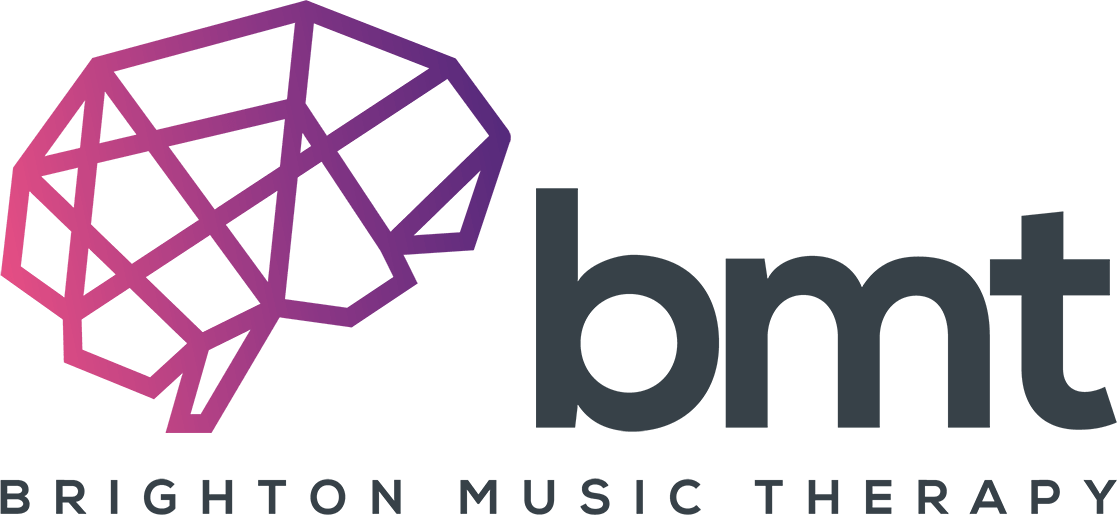“No other diagnosis within the field of neurological rehabilitation carries with it such a vast range of clinical, medico-legal, ethical, philosophical, moral and religious implications” – Wilson, Graham & Watson, 2005
What is MATADOC?
![]() The Music Therapy Assessment Tool for Awareness in Disorders of Consciousness (MATADOC) is a standardised diagnostic music-based measure validated for use with adults with disorders of consciousness (DOC). The MATADOC provides a rigorous assessment and evaluation for use with people whose awareness is difficult to assess clinically due to complex clinical presentations compromising motor, cognitive and communication functioning.
The Music Therapy Assessment Tool for Awareness in Disorders of Consciousness (MATADOC) is a standardised diagnostic music-based measure validated for use with adults with disorders of consciousness (DOC). The MATADOC provides a rigorous assessment and evaluation for use with people whose awareness is difficult to assess clinically due to complex clinical presentations compromising motor, cognitive and communication functioning.
It can be used in the assessment, treatment planning and evaluation of adults with prolonged disorders of consciousness, persisting more than four weeks following sudden onset profound acquired brain injury. This includes people diagnosed with Vegetative States, Minimally Conscious States and people whose level of awareness is yet to be diagnosed.
Overview of MATADOC Assessment
The MATADOC assessment comprises four individual sessions, each typically lasting between 15-25 minutes, depending on patient responsiveness and tolerance. The four assessment sessions take place within a 8-10 day period. During each assessment session, various musical tasks are undertaken with the aim of eliciting a response from the patient. Observations are recorded by the assessor, and scored. The scores from each session are collated in order to produce a diagnostic score.
Making Recommendations
Following a MATADOC assessment, recommendations are made, regardless of the assessment outcome. If a patient has demonstrated behaviours indicative of a minimally conscious state, a treatment plan will be made around ‘developing’ or ‘strength’ areas. Consultation with other members of the multidisciplinary team will ensure appropriate goal planning and specialised input. If a patient is found to be unresponsive, or demonstrated minimal responses, recommendations will be based around managing and optimising the patient’s auditory environment.
Why MATADOC?
The purpose of the MATADOC is to provide a structured evaluation tool for measuring behavioural responsiveness during musical stimulation. Music is an ideal medium through which to assess disorders of consciousness because of its ability to promote arousal and provide stimulation to support a patient’s engagement in the assessment procedure. Music also offers a broad range of auditory and visual stimuli, which may be used throughout the assessment.


